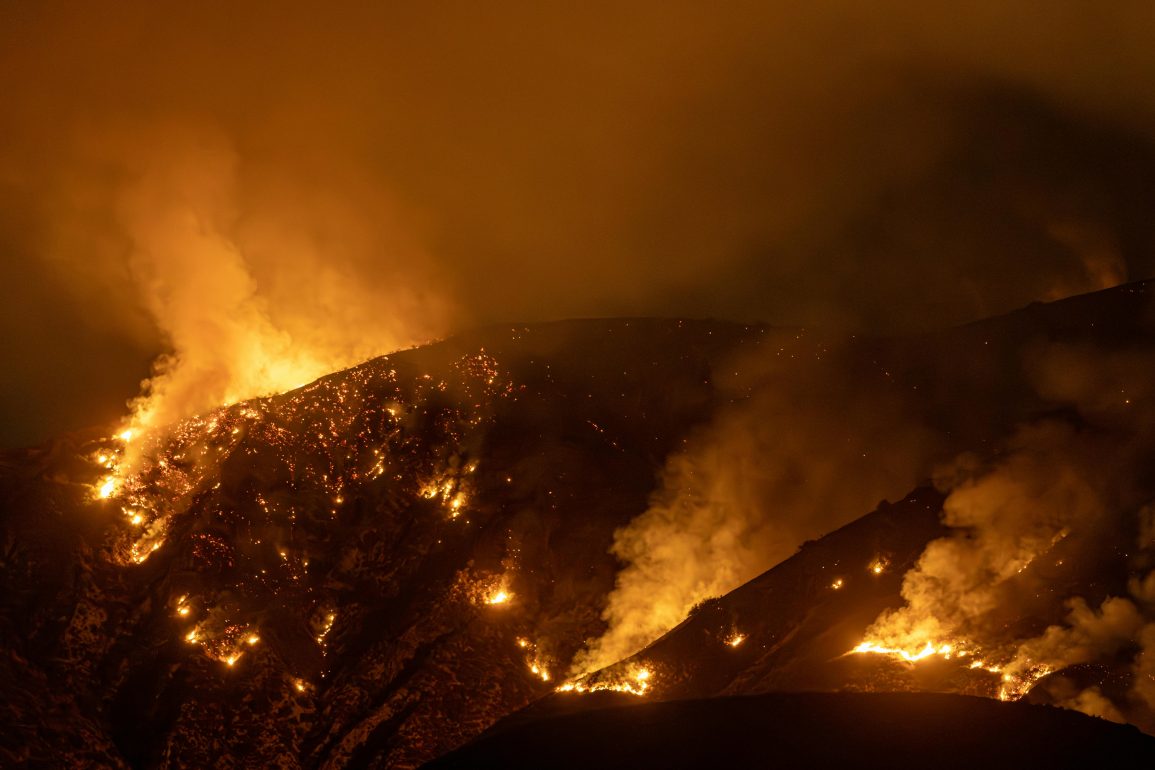Forest fires have long been part of natural ecosystems, but they are now increasing in frequency and intensity, particularly in regions like Canada and Siberia.
Our recent study has highlighted that climate change, especially in northern latitudes, is driving these changes by creating hotter and drier conditions.
While fires in savannah grasslands are decreasing due to human land use and changing weather patterns, forest fires are growing more destructive in these northern regions, where the forests are more sensitive to climate shifts.
The research revealed that since 2001, emissions from fires in non-tropical forests, such as those in Siberia and North America, have nearly tripled.
This surge is directly linked to climate change, which fosters larger and more intense fires.

The fires not only destroy forests but also release vast amounts of stored carbon into the atmosphere, accelerating climate change.
These northern fires, often ignited by lightning, are particularly damaging because they burn deeper into the soil, releasing carbon that has accumulated over centuries.
This trend poses a severe threat to the planet’s ability to store carbon and regulate the climate. As these northern fires grow more frequent and severe, they undermine global efforts to combat climate change.
To address this growing challenge, tailored strategies are needed for different regions. In the north, proactive forest management, such as controlled burning and thinning vegetation, can help mitigate the damage.
In tropical areas, efforts should focus on reducing ignitions and preventing forest fragmentation.
As forest fires become increasingly driven by human-caused climate change, the need for updated carbon reporting standards is more critical than ever.
Recognizing the role fires play in the carbon cycle is key to managing future fire risks and protecting the planet’s ecosystems.

